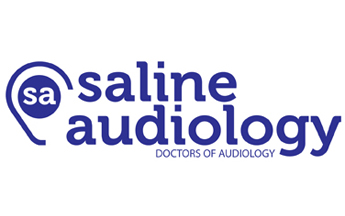ENG (Video Oculography)
Extensive balance testing for people experiencing vertigo or dizziness. Test protocol involves eye tracking tasks, measures of nystagmus (eye jerk directly related to the inner ear balance system) in various positions and with the head hanging off of a table, and caloric irrigations (water placed into the ear canal).
Eye tracking helps determine the need for eye strengthening exercises as the eyes are an intricate part of one’s balance. Eye tracking abnormalities may also indicate a more serious problem that is central rather than peripheral.
Positional testing where nystagmus is measured in the laying flat, laying flat head turned right then left, and laying on right then left side. These tests help indicate which side of the balance system is causing the problem.
Dix Hallpike testing where the head is hanging to the right then left is used to determine the presence of BPPV (benign paroxymal positional vertigo) where calcium deposits have accumulated in one of the balance canals causing it to be weighted differently. This causes short lived (several seconds) episodes of vertigo that may last for days or years. Canalith repositioning-a simple head repositioning- is often successful in eliminating BPPV symptoms all together.
Caloric irrigations stimulates the balance system actually inducing nystagmus allowing for measurements to determine a weakness of the balance system on one side or the other. Unilateral weaknesses is associated with certain types of inner ear disorders.
All in all, balance testing helps determine the source of the dizziness and appropriate treatment protocols. For more information see our Dizziness section.
If you are experiencing DIZZINESS, please complete the Dizziness Patient Questions on this form and bring with you to your appointment.
_______________________
Hearing healthcare is important at any age. Schedule your appointment with Saline Audiology today.
Benton Office: 501.778.3868
Hot Springs Village Office: 501.922.0053
